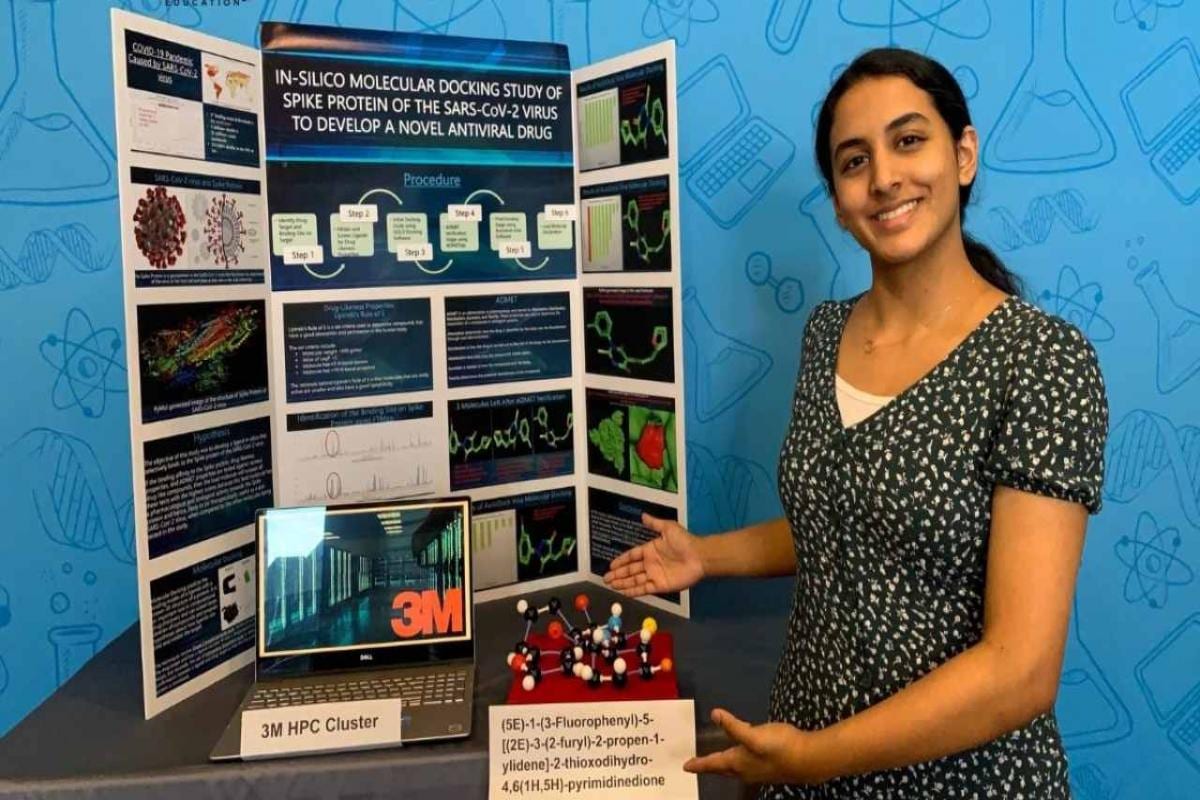Young scientist Anika Chebrolu, 14, made a discovery that may contribute to the development of a cure for COVID-19. The American received the award for Best Young Scientist in America in 2020 at the 3M Young Scientist Challenge, and received a $25,000US award last Wednesday.
The teenager used a technique called “in-silico method” that uses only the computer to find molecules that can attach to the new coronavirus protein and thus prevent the infection from occurring. The only molecule with better pharmacological and biological activity in relation to the SARS-CoV-2 virus spike protein was chosen as the leading molecule that could be a potential drug for the effective treatment of COVID-19.
“Despite the challenges, how to adjust to the new distance learning standards and participate in virtual events, this year’s 3M Young Scientist Challenge finalists broke barriers with courage, creativity, innovative thinking and enthusiasm, all in the name of applying science to improve lives, “said Denise Rutherford, one of those responsible for the award, in a statement.
Chebrolu did not originally intend to complete a project about the coronavirus, according to CNN. Her initial submission video was about finding a molecule that could bind a protein in the influenza virus.
“I have always been amazed by science experiments since my childhood and I was drawn towards finding effective cures for Influenza disease after a severe bout of the infection last year,” she told 3M.
However, when COVID-19 began to spread, Chebrolu worked with her mentor to switch gears.
“After spending so much time researching about pandemics, viruses and drug discovery, it was crazy to think that I was actually living through something like this,” Chebrolu told CNN.
Chebrolu’s work isn’t done now that she has won the prize. She told 3M that she hopes to be a medical researcher and professor in the next 15 years, and she is getting an early start. She now wants to work with other scientists to turn her project into an actual treatment for COVID-19.


COMMENTS